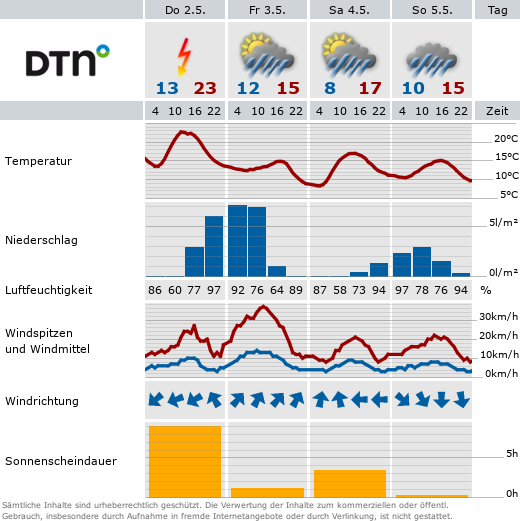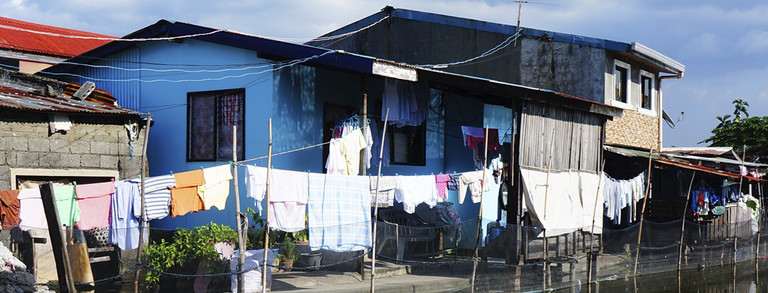WP 1: Risk trends and resettlement options with urban growth (LMU, SURP)
WP 1 aims to analyse and assess the influences of urban growth and social-economic development on the risk changes of informal settlements in Metro-Manila. In doing so, the previously developed urban growth model using SLEUTH will be refined with considerations of building types, urban morphology classes and social-economic development scenarios (Shared Socio‐Economic Pathways - SSPs).
In a next step, the refined urban growth model will integrate the risk trends of informal settlements with different resettlement options, in close cooperation with WP 2 and 3. By completing this, the model will be able to simulate and project future development of informal settlements and the associated risk trends in several well-defined urbanization and social economic scenarios.
A refined version of the model will then be transferred to the partner cities Hanoi and Bangkok. Certain adjustments of the model would be necessary considering that the cities differ much in physical urban environment and social economic contexts.
In the second half of the project period, WP 1 will implement bottom-up qualitative scenario analysis through several workshops that involves stakeholders of national actors, city actors, and local practitioners at the three case cities. Meanwhile, the developed bottom-up scenarios will be used to validate the modelling outputs and so to further facilitate the application of research/modelling results into practice. The results and new methodical developments are also prepared for training and teaching content and disseminated in a larger region for transfer.
| D1.1 | Set of urban morphology classes for informal settlements in Manila |
| D1.2 | Set of SSPs regarding urbanization trends in Manila and the other transfer cities |
| D1.3 | Complete model simulation of risk trends under various urban develop scenarios in Manila |
| D1.4 | Model simulations of risk trends under resettlement options in two partner cities |
| D1.5 | Bottom-up urbanization scenarios in the three case cities |
| D1.6 | Compilation of policy- and practice-oriented report on urban risk trends in the three case cities |
| M1.1 | A refined urban growth model for Metro-Manila |
| M1.2 | Complete model simulation of resettlement risk for three partner cities |
| M1.3 | Validated resettlement options with urbanization and risk trends |





